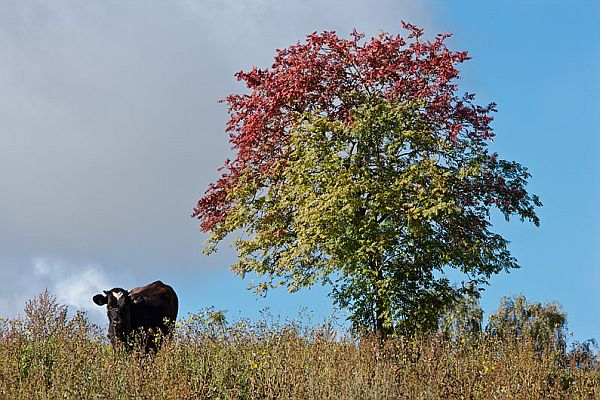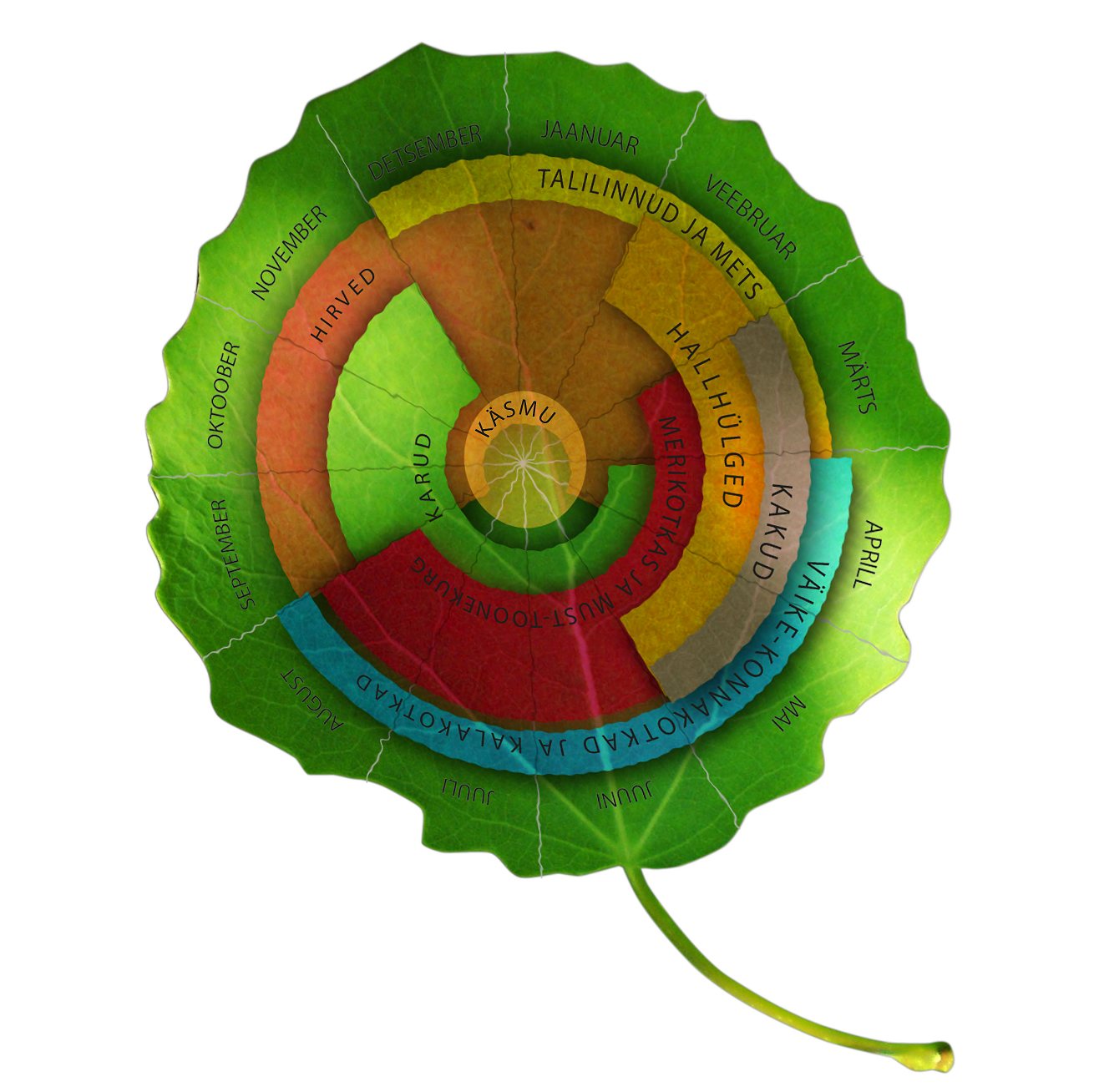We have lately been spoiled with amazingly beautiful days and star-filled nights. The phenological autumn has started, about ten days before the equinox – with the colouring of leaves on trees, harvesting of grain and flocks of migrating birds.
The autumn colouring of the tree canopy is however very different from year to year. We ask an expert: Why are leaves more red in some years than in others?
Plant physiologist Evi Padu at the University of Tartu: ”The leaves of deciduous trees lose their green colour each autumn and become many-coloured with yellow, red and purple hues. From an aeroplane it is very well visible above the mid-latitude forests how the green foliage recedes slowly as a well defined frontier day by day towards south.
The autumn colours of leaves and also of fruits and flowers that differ from green are caused by two different pigment groups: the carotenoids in the plastides (yellow to red) and the anthocyanidines dissolved in the cell sap (from light pink to intense purple).
The appearance of the yellow colours of the carotenoids is tied to the disappearance of the green chlorophyll that masks them. Before the leaves fall the chlorophyll is decomposed in order not to lose the nitrogen that is present in its composition. The carotenoids only contain carbon, hydrogen and oxygen – elements of which there is no deficiency and that can remain in the falling leaves.
The autumn colours of leaves are not only caused by the decomposition of the masking green pigment but also an increase in the content of anthocyanidines.
The variation in intensity of autumn colours in different years is caused precisely by the varying amount of anthocyanidines. In the synthesis chain of these compounds light-activated enzymes take part; thus more anthocyanidines are formed when the weather is sunny and warm but the nights cool. Because of this the leaves on the south side of a tree are more intensely coloured.
Why is the formation of antocyanidines necessary if the leaves fall anyway?
It is thought that due to their anti-oxidant properties they ensure the protection of plants from ultraviolet radiation and radicals created in the metabolism, by this enabling the decomposition of chlorophyll in the autumn leaves.“



